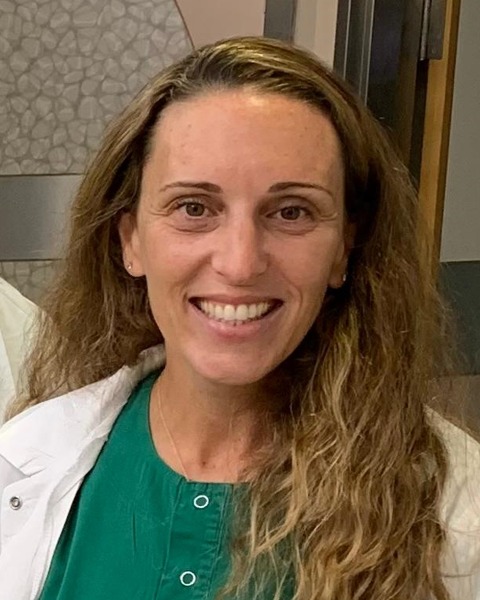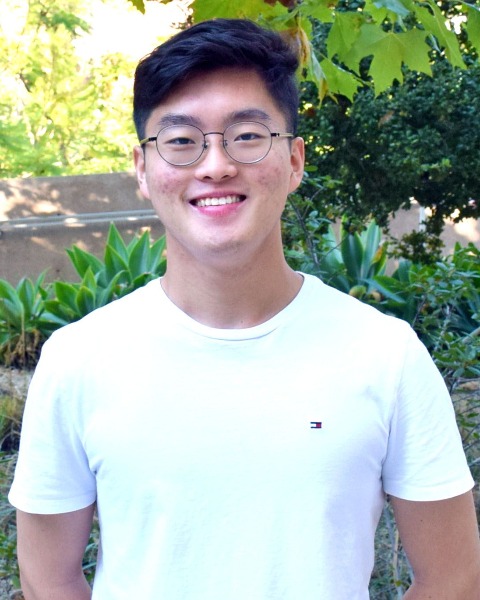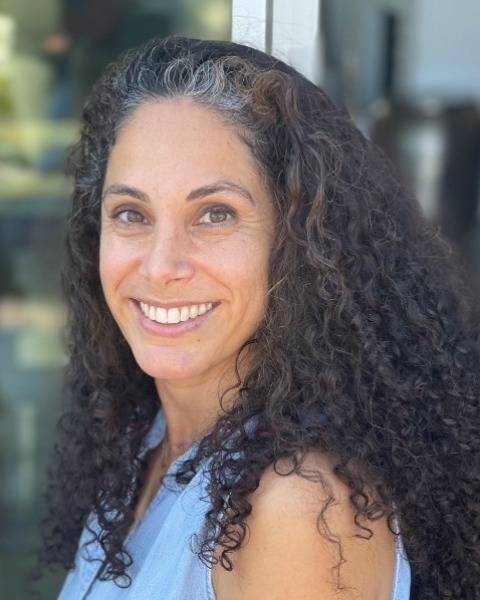Poster Session 4
(1222) Collagen’s Critical Role in Uterine Structure and Function and Implications in Placenta Accreta Spectrum

Sohum Shah, MD (he/him/his)
Fellow
University of California, Los Angeles
Los Angeles, CA, United States
Lior Kashani Ligumsky, MD
Research Fellow
University of California, Los Angeles
Los Angeles, California, United States- AK
Alex Kot, BS, MS
University of California, Los Angeles
Los Angeles, California, United States - LX
Liwen Xu, MD
University of California, Los Angeles
Los Angeles, California, United States 
Anhyo Jeong, BS (he/him/his)
Staff Research Associate
University of California, Los Angeles
Los Angeles, California, United States- GM
Guadalupe Martinez, BS
University of California, Los Angeles
Los Angeles, California, United States .jpg)
Scott A. Shainker, DO
Associate Professor of Obstetrics, Gynecology, and Reproductive Biology
Maternal Fetal Care Center Associate Professor of Surgery Associate Professor of Obstetrics, Gynecology and Reproductive Biology Harvard Medical School
Boston, Massachusetts, United States
Deborah Krakow, MD
Professor and Chair
University of California, Los Angeles
Los Angeles, California, United States
Yalda Afshar, MD, PhD (she/her/hers)
University of California, Los Angeles
Los Angeles, California, United States
Presenting Author(s)
Coauthor(s)
Submitting Author(s)
Properly synthesized and cross-linked collagen fibrils are the principal source of tensile strength in tissues and altered during pregnancy. We previously described changes in collagen at the decidual-stromal interface in placenta accreta spectrum (PAS). We aim to describe histoarchitectural variables of collagen organization in the uterus of wild type and mutant type I collagen mice to understand the role of collagen in pregnancy and repair as it related to PAS.
Study Design:
We utilized two mutant type I collagen mice: Col1a1Aga2/+ (Aga2/+) mice which express modified Col1a1, C-terminal frameshift mutation, and Col1a1+/- which express reduced levels of type I collagen. These mice, historically used in the study of skeletal dysplasias, allow us to interrogate the role of type I collagen. Uteri and placenta from wildtype (WT), Col1a1+/-, and Aga2/+ mice were harvested. Additionally, we utilized a surgical mouse model of PAS. We employed quantitative histomorphometry with standard histochemistry as well as label-free 3D spectroscopy to understand collagen fibril orientation and distribution.
Results:
Type I (Col1a1) collagen was expressed in WT non-pregnant mice and at postpartum day (PP). In the WT, collagens were organized around smooth muscle and in the basement membranes of luminal and glandular epithelium (Fig 1). PP type I collagen staining was prominent within the endometrial stroma. Aga2/+ mice demonstrated decreased type I collagen with a compensatory increase in type III collagen but no difference in type I and III collagen PP. Aga2/+ stromal thickness was decreased. Utilizing the surgical PAS mouse, RNA and protein expression of COL1A1 was altered and there was an increase deposition of type III collagen at the decidual-placental interface in PAS (Fig 2).
Conclusion:
Collagens are a main component of the dynamic architecture of the uterus. Type I collagen remodeling is a physiological component of pregnancy and birth and altered in PAS. The increased abundance and disorganization of collagen fibers at the site of adherence in PAS provide spatiotemporal clues to the mechanisms of PAS.

